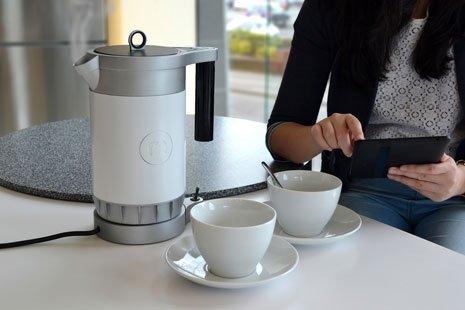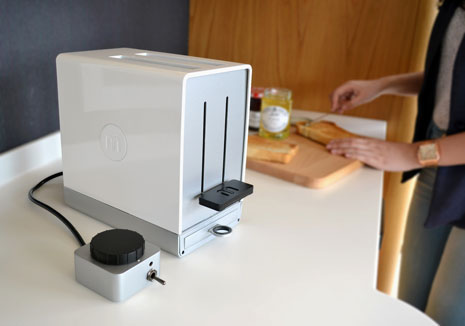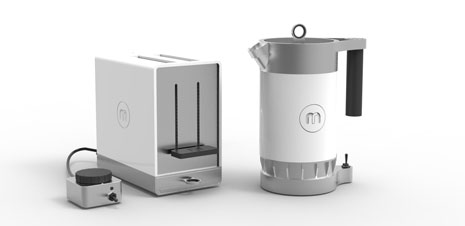
Those who read my comment in the June issue will know my feelings towards fixing and our throwaway culture – basically we should fix more and throwaway less. So, I was very heartened to discover that a student designer shares that same sentiment.
Samuel Carr, a product design masters student at Sheffield Hallam University, has designed a repairable toaster and kettle as his final year project.
The inspiration came during his seven month internship at Morphy Richards last year. As he describes, “I noticed a vast amount of products being returned due to failures in relatively simple components such as timers/wire connections. I also noticed that after these products were returned they often found their way onto landfill sites.
“This isn’t just an issue that is isolated to Morphy Richards either, it’s an industry wide problem, mainly, due to the way the products are developed and manufactured.”
Returning to uni, Carr decided to apply a ‘repair strategy’ to his next design project. So, he set about designing a toaster and kettle that revolved around the idea of creating sub-assemblies based upon their function, material, chance of failure and safety.
“Both of my products can be disassembled at the end of their life and reused/recycled. Parts of the products that are most likely to fail, the timer on the toaster for instance, are the most easy for the user to remove and repair.”
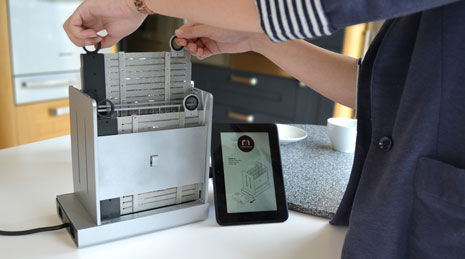
His aim was to make the products as user friendly and as logical to repair as possible. So, unlike a Dualit toaster where the user needs to enter from the bottom to repair the element plates, in his design the users enter through the top as this is what most users would initially do.
“The user will also never see any wires whilst they repair, the electrical and electronics are all based in their own housings. This helps make the user feel more confident that they are safe. All of these type of changes were made through observing and listening to the users.”
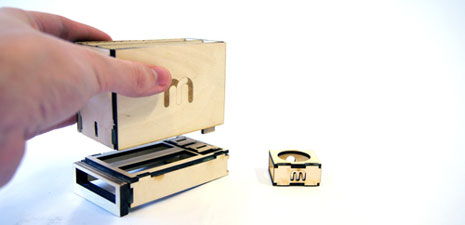
Through the help of the test engineers at Morphy Richards, Carr built a number of test rigs. I used a range of techniques to create my rigs, from laser cutting, to attaching a drainage butt pipe onto the bottom of acrylic tubing!”
He used SolidWorks for modelling and working on the mechanisms. He then rendered the products in Keyshot, which helped him understand how material finishes would work together.
Carr’s kettle and toaster will be on display during Part 2 of New Designers next week ( 4 to 6 July) at the Business Design Centre in London. But for those who can’t get there, the designs are on his website.
